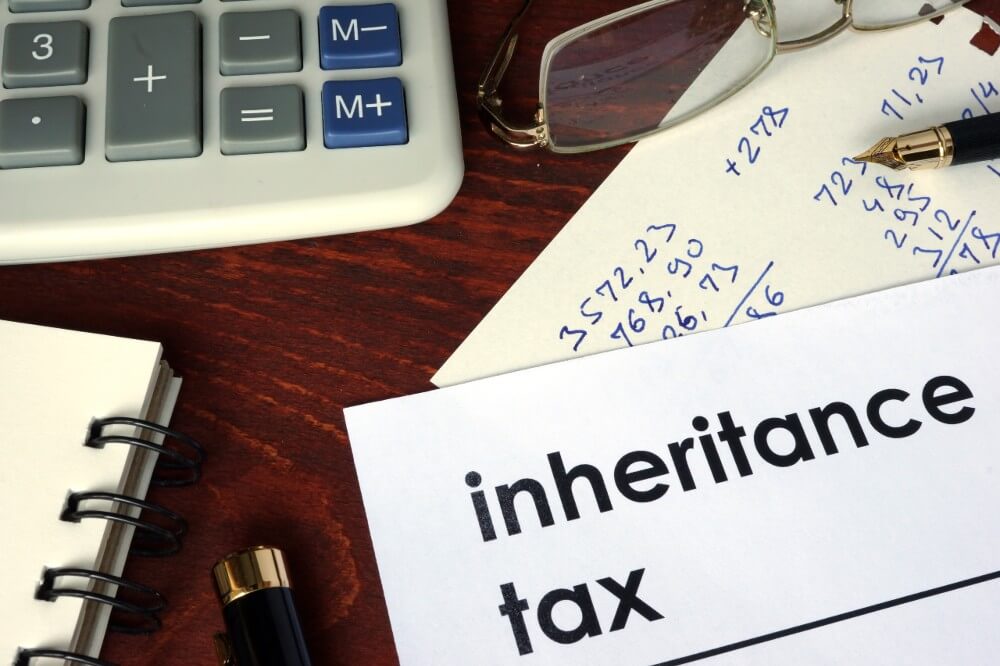The Nil-Rate Band Discretionary Trust: a comeback
Back in the dim and distant past when I qualified as a solicitor, the type of advice we offered in respect of Inheritance Tax planning was somewhat different to today. One of the main reasons for this was that until the Finance Act 2008, the transferable Nil-Rate Band, which allows the second spouse’s estate to benefit from the unused proportion of the Nil-Rate Band for the first to die, did not exist.
At this time, the Nil-Rate Band was a “use it or lose it” allowance and so on the death of the first spouse, couples who were looking to mitigate Inheritance Tax on the death of the survivor would often create a Discretionary Trust over the Nil-Rate Band, the beneficiaries of which were the surviving spouse, their children and what we solicitors referred to as “remoter issue” (i.e. grandchildren etc.). Other beneficiaries were sometimes named but these arrangements tended to be kept within the immediate family.
On the death of the first spouse, a sum equal to the Nil-Rate Band in force at the date of death (which currently now stands at £325,000) was transferred to the trustees. Generally, no actual assets were transferred to the trust and instead the surviving spouse agreed with the trustees to either enter into a charge in their favour over the matrimonial home or a straightforward IOU agreement as circumstances dictated. On the death of the surviving spouse, the trustees would claim the debt from the estate, thus reducing the assets chargeable to Inheritance Tax.
Transferable Nil-Rate Band
When the transferable Nil-Rate Band was brought in, this type of planning was less necessary since the unused portion of the Nil-Rate Band transferred to the survivor’s estate, and so leaving them all of their assets would have essentially the same effect as creating a trust (and in the good old days, when the Nil-Rate Band actually increased on the yearly basis, even worked to their advantage since the amount left to the trust was always fixed at their Nil-Rate Band for the first to die, whereas the transferable Nil-Rate Band was always assessed at the value of the Nil-Rate Band of the second to die.)
Residence Nil-Rate Band
The introduction of the Residence Nil-Rate Band brought with it an additional complication to Inheritance Tax planning. Whilst the ability to offset an additional allowance up to £350,000 against the family home was more than welcome, one of the strings attached to its availability is that the net value of the estate was under £2m. Where estate exceeded this, £1 was lost from the Residence Nil-Rate Band for every £2 of value. Thus, once an estate reached £2.7m, the Residence Nil-Rate Band was lost in its entirety (£750,000/2= £350,000). This would in turn add an additional £140,000 of Inheritance Tax (£350,000 x Inheritance Tax rate of 40%).
Nil-Rate Band Discretionary Trust
This is where are our old friend the Nil-Rate Band Discretionary Trust returns to the scene. The £2m threshold applies to the net estate and so any debts or liabilities are deducted from the gross value of the surviving spouse’s estate to calculate this amount.
By creating a Nil-Rate Band Discretionary Trust on the death of the first spouse to die and using the loan arrangement, the surviving spouse can continue to enjoy all of the combined assets, but on their death, the debt owed to their trust will reduce the value of their estate by £325,000. For many estates, this will be enough to pull the net value below the £2m allowance, thus avoiding the loss of the Residence Nil-Rate Band. For those estates where the Residence Nil-Rate Band is still reduced by the value of the estate, this will at least claw back some of the loss.
It is often a feature of the Law that circumstances dictate that we return to our “Greatest Hits”, and the resurrection of the Nil-Rate Band Discretionary Trust as an Inheritance Tax planning tool is certainly one of these.
Here to help
For advice about Nil-Rate Band Discretionary Trusts and Inheritance Tax planning, please contact Alastair Liddiard, Partner and Head of Trust and Estate Administration.
Please note the contents of this article are given for information only and must not be relied upon. Legal advice should always be sought in relation to specific circumstances.

